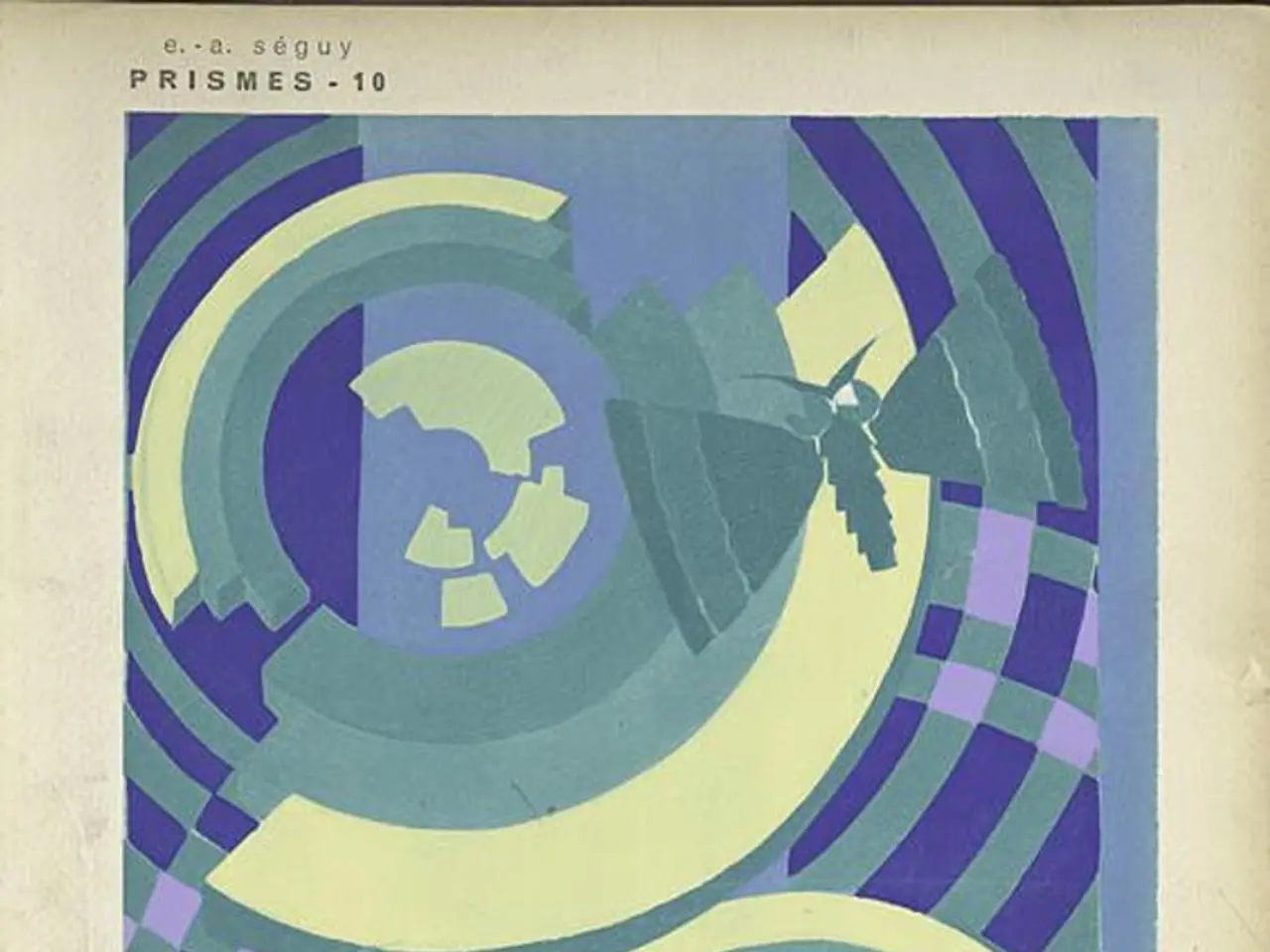Mastering Textured 3D Model Creation in Game Design: Fundamental Concepts
In the realm of game development, the art of texturing plays a pivotal role in creating immersive and visually appealing worlds. This guide will delve into the best practices for crafting realistic 3D textures, ensuring a seamless and engaging gaming experience.
The Art of 3D Texturing
The process of 3D texturing involves several stages, starting with the selection of the right software. Tools such as 3DS Max, Maya, and Blender, each with their unique features, are commonly used in the industry.
Once the software is chosen, the next step is model preparation. This includes refining the geometry and optimizing the design of the model, ensuring it is ready for texturing.
Understanding Material Properties
Artists working on texturing in game development must understand the physical properties of materials, how they interact with light, and how they contribute to the game's overall atmosphere. This knowledge is crucial in creating textures that look real and fit perfectly with the overall style and theme of the game.
The Role of Basic and PBR Materials
Artists use two primary types of materials: basic materials and Physically-Based Rendering (PBR) materials. Basic materials are simpler and often used for objects that don't need to interact dynamically with the game's lighting system. On the other hand, PBR materials realistically mimic how light interacts with different surfaces, enhancing the game's visual appeal.
Texture Painting and UV Mapping
Texture painting is the stage where digital tools are used to paint textures directly onto the UV map. UV mapping is the process where the 3D model is laid out on a 2D plane, ensuring that the textures sit correctly on the model, preserving detail and realism.
Enhancing Realism with Shading, Texture Diversity, and Optimization
Shading adds depth and dimension to the textures by creating shadows and highlights. Fine-tuning is the final stage of 3D texturing, making adjustments to ensure the textures interact correctly with the game's environmental lighting and conditions.
Texture diversity is important in creating a believable and engaging game environment. It is essential to avoid pure black or white colors in textures, as real-world surfaces have nuanced color depth and variation, which adds realism.
To simulate surface detail such as bumps, scratches, and crevices without adding extra geometry, artists use normal maps and ambient occlusion (AO) maps. Adding natural wear and tear like edge wear, smudges, fingerprints, oils, dust, scratches, peeling, and decal distortions to textures brings the model to life by telling a story of use and aging, making the surface believable.
Balancing Visual Fidelity with Performance
When it comes to creating realistic 3D textures, it's not just about visual fidelity. It's also about balancing visual quality with performance, which is critical for game applications. This involves applying texture resolution appropriate to the platform and utilizing compressed texture formats suitable for your target platform to optimize memory without severe quality loss.
Incorporating baking workflows where high-poly detail is baked into low-poly meshes, capturing surface detail in normal and AO maps for optimized realism, is another important practice.
Continuous Reference Checking
To ensure the textures are as realistic as possible, artists constantly use references. These references help reproduce realistic surface details based on observation rather than guesswork, greatly improving believability.
In summary, creating realistic 3D textures requires a combination of good UV layout, thoughtful use of maps (normal, AO, specular), realistic surface wear and environmental effects, optimized texture resolution, and PBR workflows with continuous reference checking. By following these best practices, artists can create visually compelling textures for a realistic gaming experience.
For more information about material properties, refer to the guide "How to Draw Materials: Textures, Reflections and Transparency."
- In the realm of interior-design, understanding the physical properties of materials is crucial in creating textures that look real and fit perfectly with the overall style and theme of a home.
- For a sustainable-living lifestyle, artists can use PBR materials to realistically mimic how light interacts with different surfaces, enhancing the home's visual appeal in a energy-efficient manner.
- For enthusiasts of home-and-garden shows, texture painting involves digital tools to paint textures directly onto the UV map, ensuring textures sit correctly on the model and preserve detail and realism.
- Fans of lifestyle gadgets like smartphones and data-and-cloud-computing devices might find it interesting that in the game development industry, artists use normal maps and ambient occlusion (AO) maps to simulate surface detail without adding extra geometry.
- In the world of technology and artificial-intelligence, balancing visual quality with performance is critical in game applications, involving optimizing texture resolution and utilizing compressed texture formats suitable for the target platform.
- For sports enthusiasts, it's essential to avoid pure black or white colors in textures, as real-world surfaces have nuanced color depth and variation, which adds realism and immersion, similar to the agility and skill of football players in the premier-league, laliga, and champions-league.
- Lastly, for those interested in art and culture, using references helps reproduce realistic surface details based on observation rather than guesswork, greatly improving the believability of textures, much like how athletes study their predecessors and competitors to perfect their craft.




